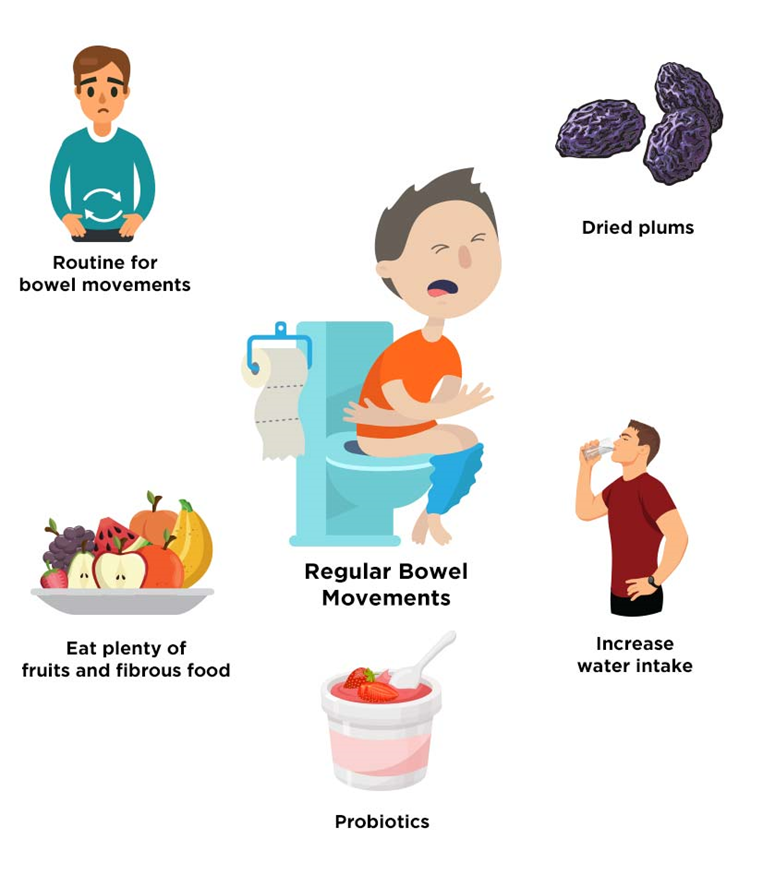A client wants to start doing magnet therapy. The nurse should explain to the client, which would be a contraindication for the use of magnet therapy?
History of hypothyroidism
Pacemaker
History of narcolepsy
Indwelling catheter
The Correct Answer is B
Choice A reason: A history of hypothyroidism is not a contraindication for magnet therapy. Hypothyroidism is a condition where the thyroid gland does not produce enough thyroid hormone, but it does not interfere with the use of magnetic fields. Therefore, patients with hypothyroidism can safely use magnet therapy.
Choice B reason: Having a pacemaker is a significant contraindication for magnet therapy. Magnetic fields can interfere with the functioning of pacemakers, potentially leading to serious complications. Patients with pacemakers should avoid magnet therapy to prevent any risk of device malfunction.
Choice C reason: A history of narcolepsy is not a contraindication for magnet therapy. Narcolepsy is a neurological disorder that affects the control of sleep and wakefulness, but it does not interact with magnetic fields. Therefore, patients with narcolepsy can use magnet therapy without concern.
Choice D reason: An indwelling catheter is not a contraindication for magnet therapy. Indwelling catheters are used for urinary drainage and do not interact with magnetic fields4. Patients with indwelling catheters can safely undergo magnet therapy.
Nursing Test Bank
Naxlex Comprehensive Predictor Exams
Related Questions
Correct Answer is D
Explanation
Choice A reason: Encouraging coughing and deep breathing is important for postoperative care to prevent complications such as atelectasis and pneumonia. However, with an oxygen saturation of 85%, the immediate priority is to address the client’s hypoxemia. Once oxygen levels are stabilized, coughing and deep breathing exercises can be encouraged.
Choice B reason: Elevating the client to a high Fowler’s position can help improve lung expansion and ease breathing. While this is a beneficial intervention, it is not the first priority when the client’s oxygen saturation is critically low. Administering oxygen should be the initial step to quickly improve oxygenation.
Choice C reason: Administering prescribed analgesic medication is essential for managing the client’s pain, which can also help improve breathing patterns. However, pain management should follow the immediate correction of hypoxemia. Ensuring adequate oxygenation takes precedence over pain relief in this scenario.
Choice D reason: Administering oxygen at 2 L/min is the first action the nurse should take. With an oxygen saturation of 85%, the client is experiencing significant hypoxemia, which needs to be corrected promptly to prevent further complications. Oxygen therapy will help increase the oxygen levels in the blood and improve the client’s overall condition.
Correct Answer is A
Explanation
Choice A Reason:
Fiber is correct. Fiber is essential for maintaining healthy bowel elimination. It helps to add bulk to the stool and promotes regular bowel movements. There are two types of fiber: soluble and insoluble. Soluble fiber absorbs water and forms a gel-like substance, which helps soften the stool and make it easier to pass. Insoluble fiber adds bulk to the stool and helps it move through the digestive tract more quickly.

Choice B Reason:
Fat is incorrect. While fats are an important part of a balanced diet, they do not play a primary role in maintaining healthy bowel elimination. Fats are essential for energy and the absorption of fat-soluble vitamins, but they do not have the same effect on bowel movements as fiber.
Choice C Reason:
Protein is incorrect. Protein is crucial for building and repairing tissues, but it does not directly influence bowel elimination. A diet high in protein without adequate fiber can sometimes lead to constipation.
Choice D Reason:
Minerals are incorrect. Minerals are vital for various bodily functions, including bone health, fluid balance, and muscle function. However, they do not directly impact bowel elimination in the same way that fiber does.
Whether you are a student looking to ace your exams or a practicing nurse seeking to enhance your expertise , our nursing education contents will empower you with the confidence and competence to make a difference in the lives of patients and become a respected leader in the healthcare field.
Visit Naxlex, invest in your future and unlock endless possibilities with our unparalleled nursing education contents today
Report Wrong Answer on the Current Question
Do you disagree with the answer? If yes, what is your expected answer? Explain.
Kindly be descriptive with the issue you are facing.
